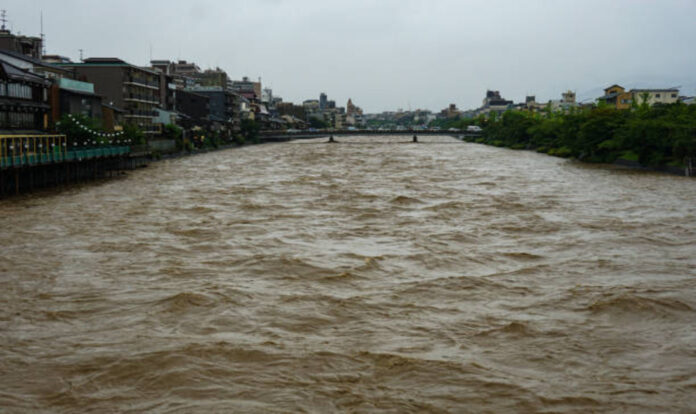As the India Meteorological Department (IMD) issues an Orange alert for seven districts in Himachal Pradesh, the state braces itself for heavy rainfall expected from July 15 to July 17. The districts affected by the alert, including Shimla, Solan, Sirmaur, Bilaspur, Mandi, Kangra, and Hamirpur, are urged to remain vigilant as the IMD predicts the possibility of heavy downpours over the next 72 hours. While the rainwaters are receding from several locations in Punjab and Haryana after heavy rainfall earlier this week, the aftermath still lingers, requiring ongoing relief efforts in flood-affected regions of both states.
The recent downpour has significantly impacted 14 districts in Punjab and 13 districts in Haryana, leaving a trail of destruction and tragedy in its wake. According to official data, the rain-related incidents have claimed the lives of at least 55 individuals across Punjab and Haryana. Punjab, one of the hardest-hit states, recorded 29 deaths, while Haryana’s death toll stands at 26.
These numbers serve as a somber reminder of the devastating consequences that extreme weather events can have on communities and infrastructure. In Himachal Pradesh, the Orange alert issued by the IMD highlights the urgency to prepare for potential flooding, landslides, and other rain-related hazards. The local authorities, along with disaster management teams, have been working tirelessly to ensure the safety of residents in vulnerable areas. Precautionary measures, such as evacuations and the establishment of emergency shelters, are being implemented to mitigate the risks and minimize the impact of the anticipated heavy rainfall.
Meanwhile, in Punjab and Haryana, the focus remains on recovery and relief efforts. The receding floodwaters have allowed rescue teams to access previously inaccessible areas and provide aid to stranded individuals. Efforts are underway to restore essential services, repair damaged infrastructure, and provide medical assistance to those affected. Local administration, volunteers, and humanitarian organizations are working hand in hand to ensure that the affected communities receive the support they need during this challenging time. The recent floods serve as a stark reminder of the urgent need for robust disaster preparedness and effective response mechanisms.
As climate change continues to exacerbate extreme weather events, it is crucial for governments and communities to prioritize investments in infrastructure resilience, early warning systems, and community-based disaster management strategies. As Himachal Pradesh braces for the predicted heavy rainfall and Punjab and Haryana continue their recovery efforts, solidarity and collaboration remain vital in navigating these challenging times. Together, we can work towards building a more resilient future and safeguarding the well-being of our communities in the face of an increasingly unpredictable climate.


